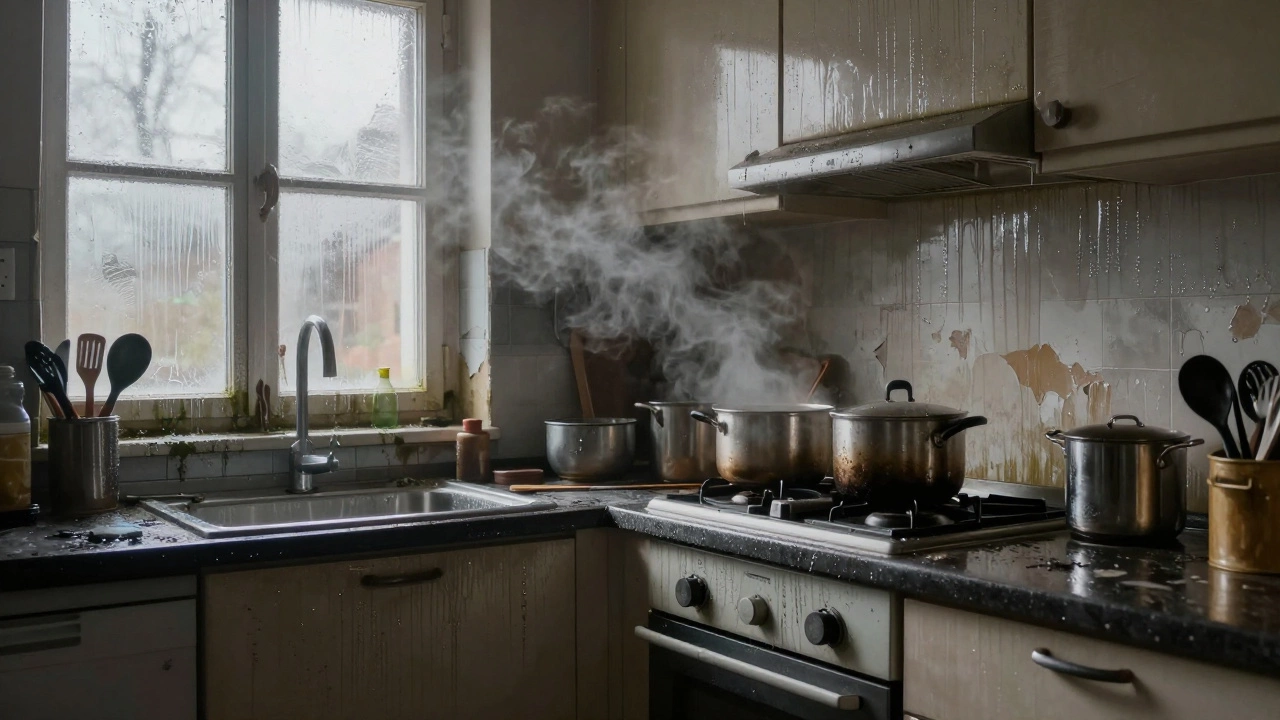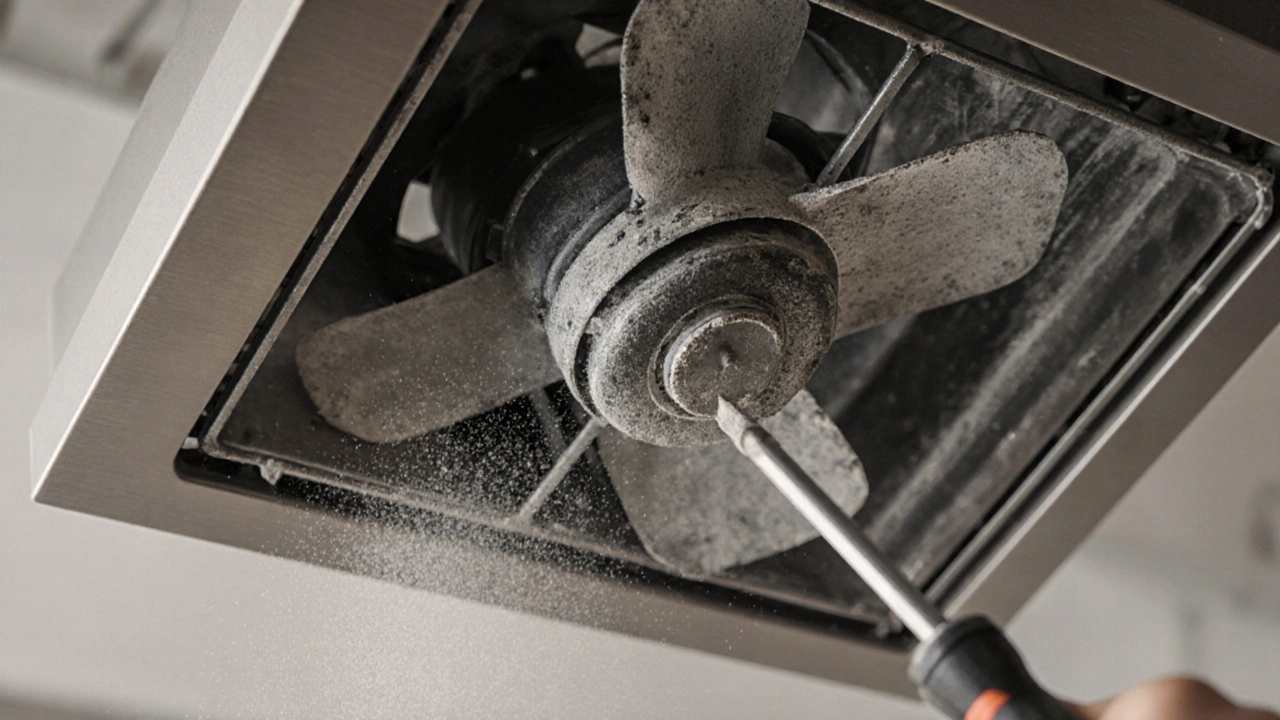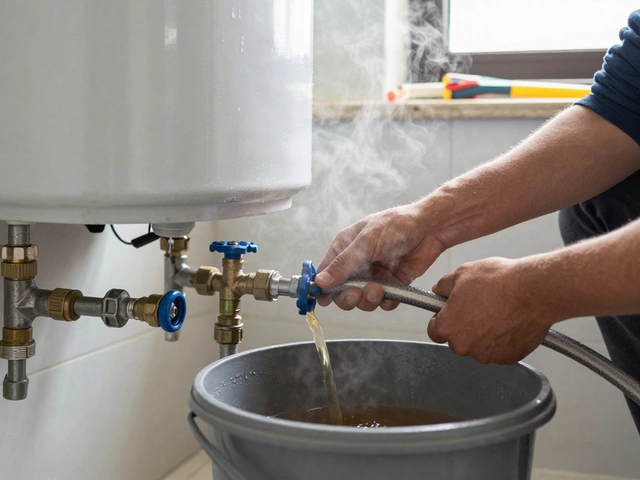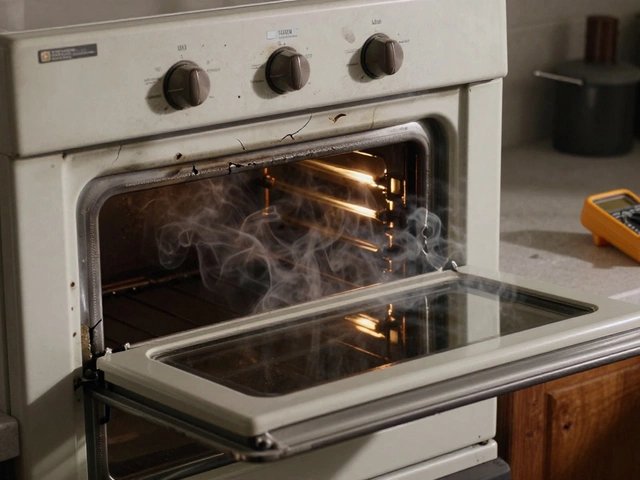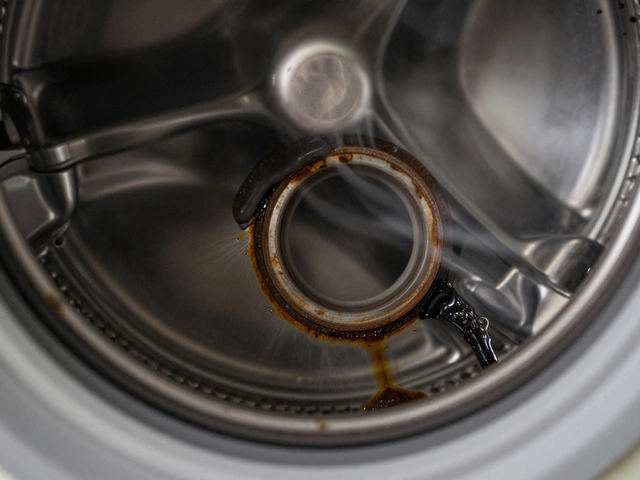Kitchen Ventilation Made Simple
Good kitchen ventilation isn’t just about getting rid of smells – it stops excess heat, steam, and lingering grease from building up. A well‑vented kitchen stays comfortable, reduces the risk of mold, and can even extend the life of your appliances. If you’ve ever stared at a smoky stovetop and thought, “What now?”, you’re in the right place.
Why Good Kitchen Ventilation Matters
When you cook, hot air, steam, and tiny oil particles rise quickly. Without a proper exhaust system, those particles settle on cupboards, walls, and even your fridge, making cleaning a nightmare. Over time, the moisture can cause wood to warp and paint to peel. Moreover, a kitchen that stays too hot can make your oven work harder, which means higher energy bills.
Most homes rely on an extractor fan or a range hood to pull the air out. The fan should move at least 100 cubic feet per minute (CFM) for a standard stove, but if you have a heavy‑duty cooktop, you’ll need more power. Check the fan’s rating – it’s usually stamped on the motor housing.
Common Extractor Fan Issues and Easy Fixes
Even a brand‑new fan can stop working if something goes wrong. Here are the most frequent problems and quick fixes you can try before calling a technician.
Fan won’t turn on. First, make sure the switch isn’t stuck and the power outlet works. If the fan still stays silent, the motor may have overheated and shut down. Unplug the fan, wait a minute, then plug it back in. If it starts, you’ve likely cleared a temporary overload.
Weak airflow. A clogged filter is the usual suspect. Remove the filter (most are behind a simple grille), soak it in hot, soapy water, rinse, and let it dry completely before reinstalling. While you’re at it, check the duct for bends or blockages – a straight run gives the best suction.
Rattling or noisy operation. Loose screws or a mis‑aligned fan blade can cause vibration. Tighten any visible screws and make sure the blade spins freely. If the noise persists, the motor bearings might be wearing out, which is best handled by a pro.
Our blog has deeper dives on these topics. Check out posts like “Extractor Fan Troubleshooting: Why Your Extractor Fan Stops Working and How to Fix It” and “Extractor Fan Repair: How Long Does It Really Take to Fix?” for step‑by‑step guides.
If you’ve tried the basics and the fan still misbehaves, it’s time to call a specialist. A qualified technician can test the motor’s voltage, replace worn parts, and ensure the fan is safely re‑wired. Trying to fix electrical components yourself can be dangerous, especially in a damp kitchen environment.
Regular maintenance keeps the system humming. Clean the filter every month if you cook often, and give the ducts a quick vacuum check each season. A little effort now saves you from costly replacements later.
Whether you’re dealing with a stubborn fan, planning a new kitchen upgrade, or just want to know how ventilation improves indoor air quality, the right information makes the job easier. Use these tips, follow our detailed guides, and you’ll keep your kitchen fresh, safe, and ready for the next meal.
25 December 2025
·
0 Comments
Not using an extractor fan leads to mold, high energy bills, damaged walls, and poor air quality. In Wellington’s damp climate, skipping ventilation is a costly mistake.
Read more
12 October 2025
·
0 Comments
Learn how to safely clean an extractor fan motor with a step‑by‑step DIY guide, tools list, maintenance tips, and troubleshooting FAQs.
Read more
26 July 2025
·
0 Comments
Looking to install an extractor fan? Find out who installs extractor fans, tips to pick a pro, and what you need to know before booking. Make your home safer and fresher.
Read more
26 April 2025
·
0 Comments
Figuring out which extractor fan to buy can be confusing, especially with so many choices, sizes, and features. This article breaks down what actually matters: the type you need, the right size, and what features really make a difference. We cover things like airflow rates, noise levels, and energy usage with solid tips you can actually use. Plus, you'll get a few watch-outs to help you skip common mistakes that lead to poor performance or extra repairs. Whether it’s for your bathroom, kitchen, or somewhere else, this guide spells out the details.
Read more

